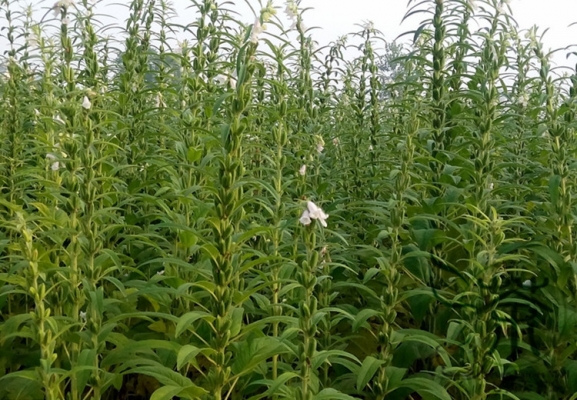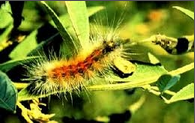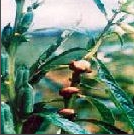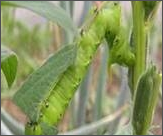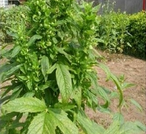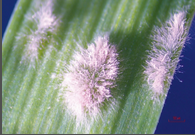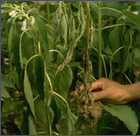General Information
Sesame is known as Til in Hindi. India is largest producer of sesame in world. It is short duration crop can be grown throughout the year. Its seeds are used to extract edible oil. Seeds are available in two colors, black and white. In India Gujarat, Rajasthan, Madhya Pradesh, Uttar Pradesh, Tamilnadu and Maharashtra are major sesame producing states
In Uttar Pradesh, Bundelkhand, Mirjapur, Sonbhadra, Kanpur, allahabad, Agra, Mainpuri and Fatehpur are major sesame growing areas. It is sown as sole crop or mixed crop i.e. with sorghum, bajra etc.

